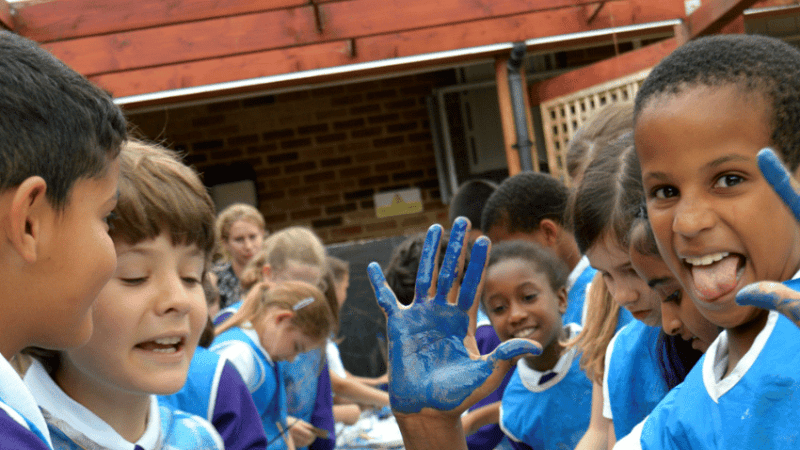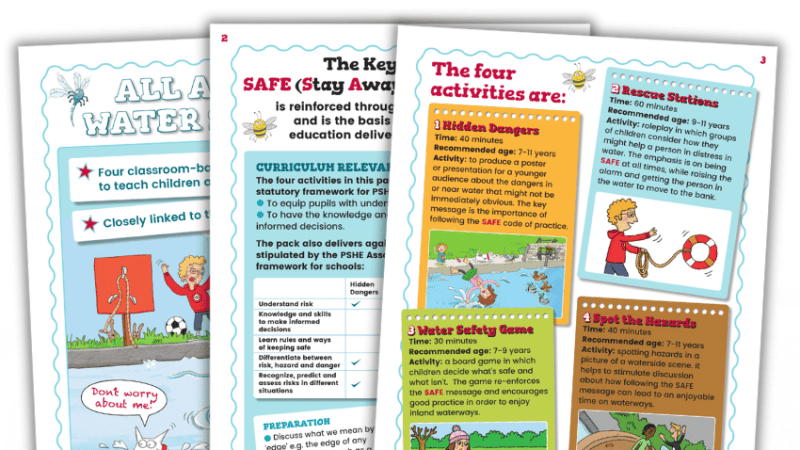Schools Are Places Of Educational Expertise, And This Must Inform Our Choices About Digital Technologies

Amy Solder of Nesta offers EdTech innovations that can reach into every learning space

- by Amy Solder

Digital technology is redefining almost every aspect of our lives, from financial businesses to hailing a taxi, from managing a long-term health condition to scientific discoveries, to helping us socialise or entertaining us. Schools have not been isolated from this change and digital technology has begun to make its way into classrooms across the UK. There is, however, scope to make this more effective as we build up evidence of what works and what doesn’t.
To ensure schools benefit and can take advantage of new technologies and products, it’s helpful to understand how technologies can support schools, their teachers and students. We think about this in three ways – school management and infrastructure, subject specialism – such as computing – and learning technologies.
Variable impact
There is no doubt that digital technologies have had a profound impact on school management from electronic registers, cashless catering, student monitoring and school data. There have been huge changes in the curriculum with the introduction of computing and new products and initiatives such as Scratch, Bee-bot, Code Club, Apps for Good and Technology Will Save Us.
Yet, whilst studies consistently find that digital technology is associated with moderate learning gains – on average four months – there is considerable variation in impact, as shown by the Education Endowment Foundation Toolkit. It is this variation in impact which causes concern among educationalists.
What we know is that technology is not a panacea for schools, neither is it a solution in its own right. It is about how it is used, by whom and for what purpose. If all this has been considered, it can be highly effective.
Critical consumers
Schools are places of educational expertise and this needs to be at the forefront of choices about digital technologies, whether that is in the classroom, engaging with parents or managing reporting. Teaching and learning goals should drive the effective use of technology.
What doesn’t work is simply buying a bunch of laptops and expecting an increase in student attainment. Neither does expecting teachers to just use digital technologies without any support or training about how it could be used to support learning or reduce teachers’ time.
Tech companies have strong expertise in sales and marketing but teachers and students are critical consumers. Increasingly, they are demanding to know what impact this product has and what evidence there is to support these claims beyond a simple quote from another school. Schools are talking more about learning rather than it being about the tech – and that’s a good thing.
Amy Solder is Project Lead, Education, Nesta
Thrive: Schools reinvented for the real challenges we face is a new book by Valerie Hannon, co-founder of the not-for-profit social enterprise Innovation Unit. It takes a deep look at the nature of the change around us – particularly within environment, technology, and human evolution – and presents new ideas about what young people need to learn if they are to flourish in this emerging world, sharing examples of schools from around the world who are using innovative approaches that help children to thrive.











